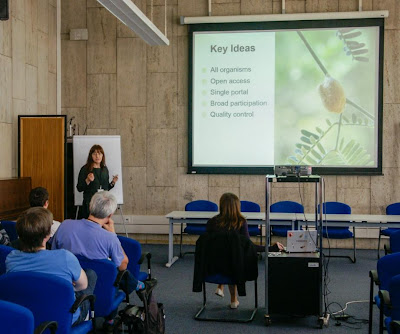Did you know that members of Henry Hudson's expedition were the first Europeans to have reached the famous Manhattan Island on September 12th, 1609? They met friendly Indian tribes Algonquin and Lenape.
In 1610, on the ship named Discovery, Henry Hudson set out on the fourth of his attempts to find the Northwest Passage. He sailed from the southern tip of Greenland to Labrador, and then turned to the north. He encountered a wide channel and assumed that this was the way to China. From that day on, the bay had been called Hudson's Bay. Then, he sailed into the bay, which he assumed to be part of the Pacific Ocean, then travelled further to the south into what is known today as James' Bay.
 |
| Hudson Bay. |
In June of 1611, he set out to continue the expedition. Several days after leaving the bay, his crew mutinied. They had had enough of exploring and wanted to go home. The captain refused to consider their demands. When the crew was unable to persuade him, they set him, his son John and seven crew members loyal to Hudson adrift in a small boat and left them to their fate in a stormy and freezing sea, with no prospects of rescue. Nothing further is known of their fate.
 |
| Henry Hudson. |
Locating the Northwest Passage eluded Henry Hudson, but his enthusiastic description of the area near the mouth of the Hudson River led to Dutch to colonize the area and found New Amsterdam, later New York. At the time of these discoveries, Henry was in the service of the Dutch.
Learn more about Hudson's expedition in Biodiversity Library Exhibition. Stay tuned!










.jpg)






























